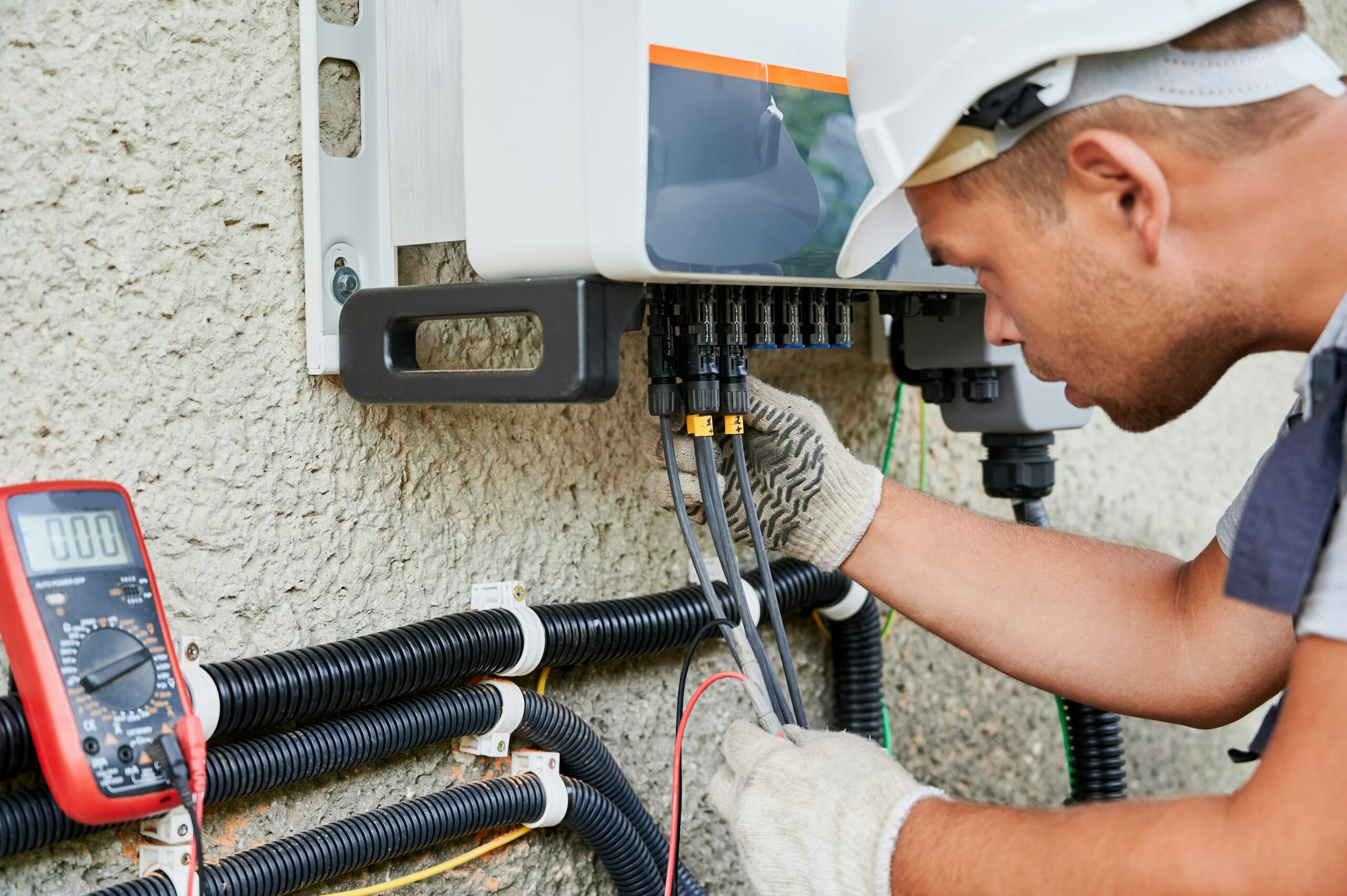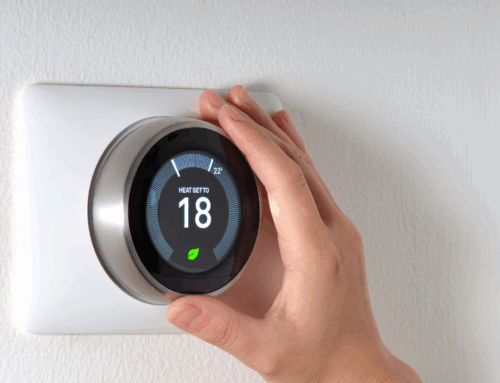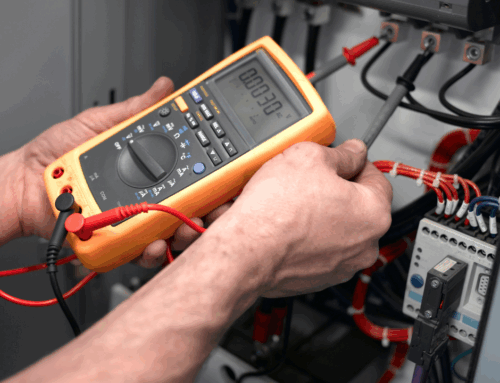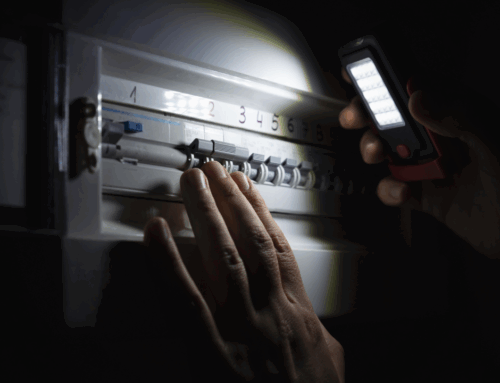Electrical load management is a critical aspect of maintaining a safe and efficient electrical system in any commercial space. Proper load management ensures that electrical demand is distributed evenly, preventing overloads, reducing energy costs, and enhancing the lifespan of electrical equipment. For businesses, understanding how to manage electrical load effectively can lead to significant savings and improved operational efficiency.
1. What is Electrical Load Management?
Electrical load management refers to the process of balancing the power demand across a building’s electrical system. In a commercial setting, various appliances, machinery, lighting, and HVAC systems consume energy throughout the day. Without proper load management, the electrical system can become overloaded, leading to power outages, circuit breaker trips, or even damage to equipment.
Effective load management helps prevent these issues by ensuring that electrical demand stays within safe limits. It also allows for more efficient energy use, reducing costs and minimising wear and tear on electrical infrastructure.
2. Why is Electrical Load Management Important for Commercial Spaces?
Commercial spaces often have higher electrical demands than residential properties, particularly in environments such as offices, retail stores, factories, and warehouses. Mismanaging electrical loads in these settings can lead to several issues:
- Overloaded circuits: When too much power is drawn from a single circuit, it can cause overheating and trip the circuit breaker, resulting in downtime and potential damage to electrical systems.
- Higher energy costs: Inefficient use of power can lead to higher energy bills, as businesses may be consuming more electricity than necessary.
- Equipment damage: Electrical systems and equipment can degrade more quickly if they are constantly subject to high electrical loads, increasing maintenance and replacement costs.
- Safety risks: Overloading electrical circuits poses serious fire hazards, making it essential to manage load safely.
By managing the electrical load effectively, businesses can avoid these risks and improve both safety and energy efficiency.
3. Key Components of Electrical Load Management
a. Load Balancing:
Load balancing ensures that electrical demand is distributed evenly across circuits to prevent overloads. This involves calculating the total electrical load of each system and distributing it across multiple circuits. For example, instead of powering multiple high-energy appliances on the same circuit, they can be spread across different circuits to avoid overloading.
b. Demand Response Systems:
Demand response systems are designed to reduce electrical usage during peak demand periods. These systems automatically adjust the power consumption of non-essential devices to prevent strain on the grid and lower energy costs. Commercial buildings can benefit from demand response by shifting non-essential operations to off-peak times, reducing their overall electrical load.
c. Monitoring and Control Systems:
Installing smart meters and energy management systems can help businesses monitor real-time power consumption and adjust their usage accordingly. These systems provide insights into when and where energy is being used inefficiently, allowing building managers to make informed decisions about load distribution and energy-saving measures.
d. Power Factor Correction:
In many commercial spaces, the power factor (the ratio of actual power used to the power supplied) can be less than optimal, leading to inefficiency. Power factor correction devices improve energy efficiency by ensuring that electrical equipment operates at maximum capacity without wasting energy.
4. How to Implement Electrical Load Management in Commercial Spaces
a. Conduct a Load Analysis:
The first step to effective electrical load management is conducting a thorough load analysis. This involves calculating the power demand of various systems in the building, including lighting, HVAC, office equipment, and machinery. A licensed electrician or energy consultant can help conduct this analysis and provide recommendations for load balancing.
b. Upgrade Electrical Infrastructure:
Outdated electrical systems may not be equipped to handle the growing demands of modern commercial spaces. Upgrading the electrical infrastructure, such as installing additional circuits or upgrading the electrical panel, can help distribute the load more evenly and improve efficiency.
c. Install Energy-Efficient Equipment:
Replacing outdated lighting and appliances with energy-efficient alternatives can significantly reduce the overall electrical load. For instance, upgrading to LED lighting and energy-efficient HVAC systems reduces power consumption, easing the load on circuits and lowering energy costs.
d. Monitor and Adjust:
Regularly monitor the electrical usage in your commercial space to identify any changes in demand. By using smart monitoring systems, you can quickly detect potential overloads or inefficiencies and take action before they cause problems.
Understanding and implementing electrical load management in commercial spaces is essential for maintaining a safe, efficient, and cost-effective electrical system. By distributing power demand evenly, upgrading equipment, and monitoring usage in real-time, businesses can avoid the risks of overloaded circuits, reduce energy costs, and extend the lifespan of their electrical infrastructure. Prioritising effective load management not only improves operational efficiency but also ensures a safer working environment for everyone in the building







Leave A Comment